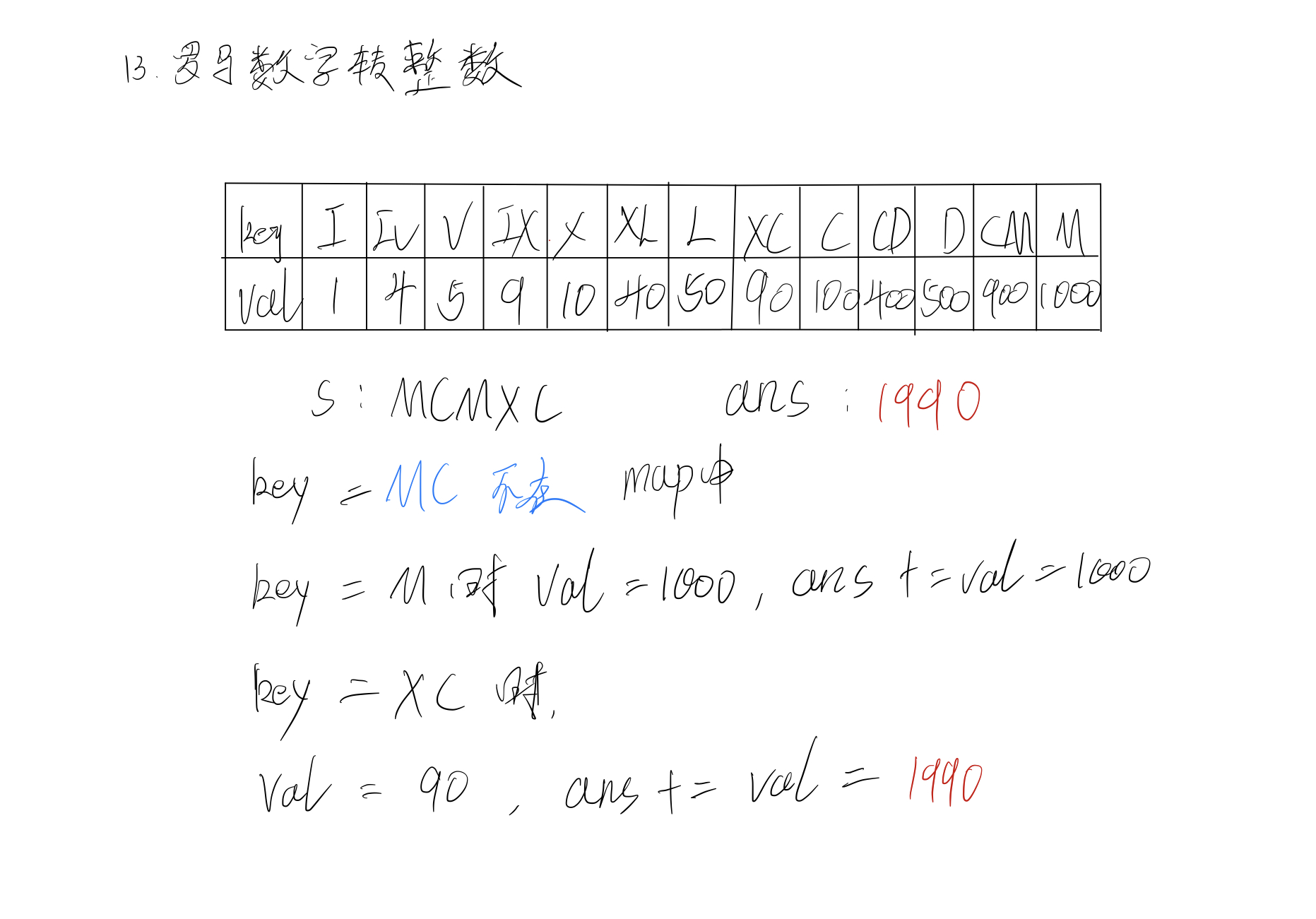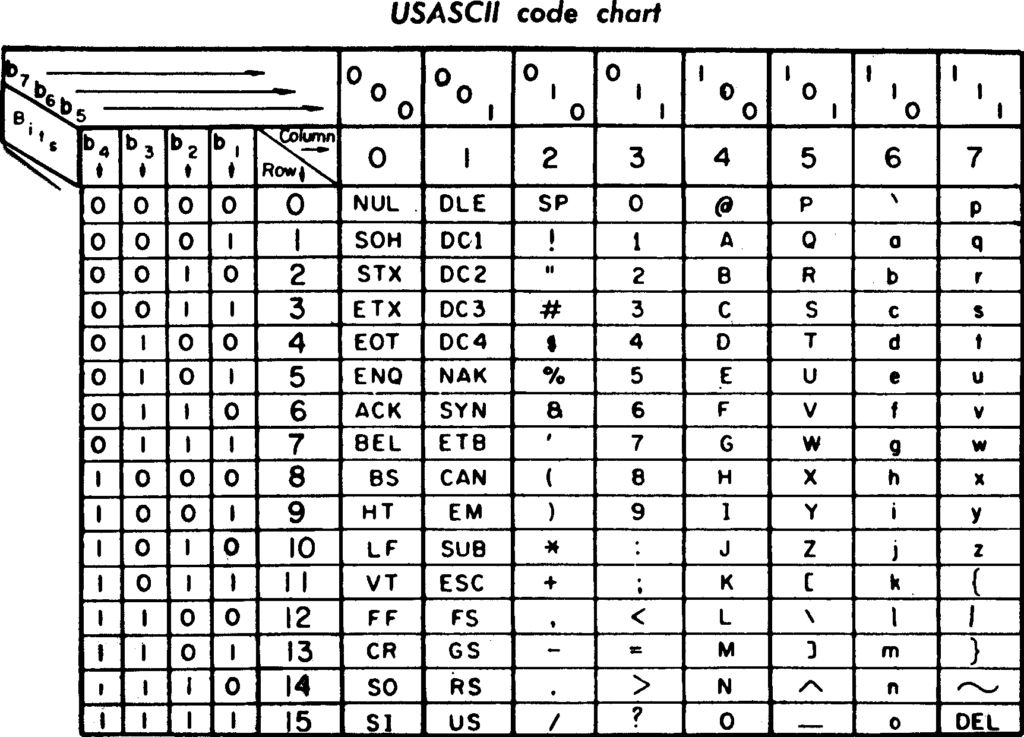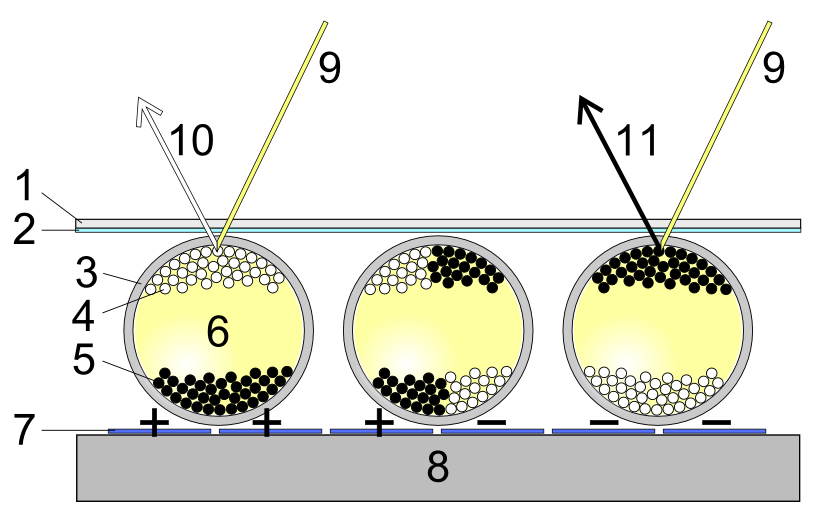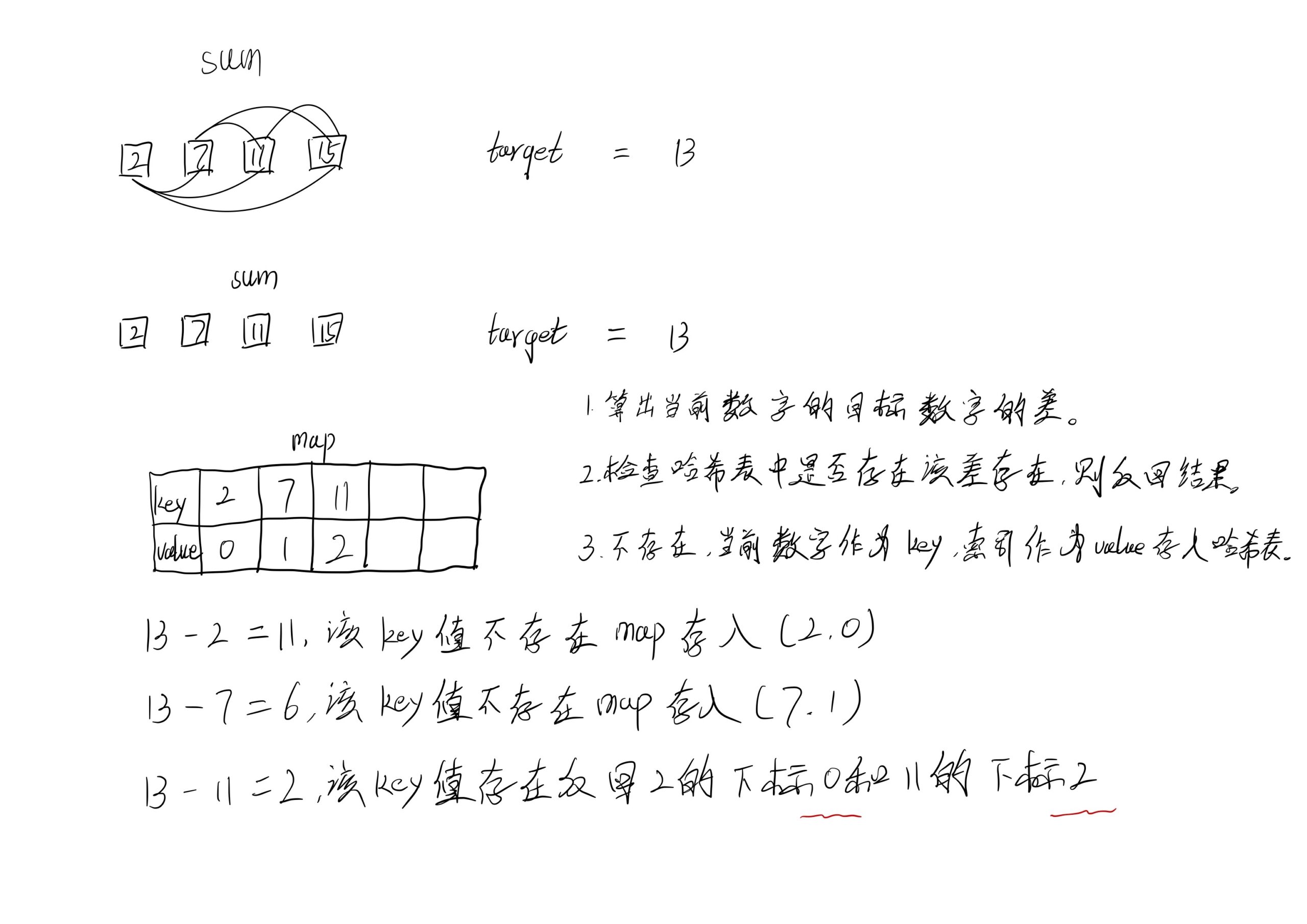Exercise 2-1. Write a program to determine the ranges of char , short , int , and long variables, both signed and unsigned , by printing appropriate values from standard headers and by direct computation. Harder if you compute them: determine the ranges of the various floating-point types.
#include<stdio.h>
#include<limits.h>
/* determine ranges of types */
main() {
/* signed types */
printf("signed char min = %d\n", SCHAR_MIN);
printf("signed char max = %d\n", SCHAR_MAX);
printf("signed short min = %d\n", SHRT_MIN);
printf("signed short max = %d\n", SHRT_MAX);
printf("signed int min = %d\n", INT_MIN);
printf("signed int max = %d\n", INT_MAX);
printf("signed long min = %d\n", LONG_MIN);
printf("signed long max = %d\n", LONG_MIN);
/* unsigned types */
printf("unsigned char max = %u\n", UCHAR_MAX);
printf("unsigned short max = %u\n", USHRT_MAX);
printf("unsigned int max = %u\n", UINT_MAX);
printf("unsigned long max = %lu\n", ULONG_MAX);
}
Output Result:
signed char min = -128
signed char max = 127
signed short min = -32768
signed short max = 32767
signed int min = -2147483648
signed int max = 2147483647
signed long min = -2147483648
signed long max = -2147483648
unsigned char max = 255
unsigned short max = 65535
unsigned int max = 4294967295
unsigned long max = 4294967295
#include<stdio.h>
/* determine ranges of types */
main() {
/* signed types */
printf("signed char min = %d\n",
-(char)((unsigned char)~0 >> 1));
printf("signed char max = %d\n",
(char)((unsigned char)~0 >> 1));
printf("signed short min = %d\n",
-(short)((unsigned short)~0 >> 1));
printf("signed short max = %d\n",
(short)((unsigned short)~0 >> 1));
printf("signed int min = %d\n",
-(int)((unsigned int)~0 >> 1));
printf("signed int max = %d\n",
(int)((unsigned int)~0 >> 1));
printf("signed long min = %d\n",
-(long)((unsigned long)~0 >> 1));
printf("signed long max = %d\n",
(long)((unsigned long)~0 >> 1));
/* unsigned types */
printf("unsigned char max = %u\n",
(unsigned char)~0);
printf("unsigned short max = %u\n",
(unsigned short)~0);
printf("unsigned int max = %u\n",
(unsigned int)~0);
printf("unsigned long max = %u\n",
(unsigned long)~0);
}
Output Result:
signed char min = -127
signed char max = 127
signed short min = -32767
signed short max = 32767
signed int min = -2147483647
signed int max = 2147483647
signed long min = -2147483647
signed long max = 2147483647
unsigned char max = 255
unsigned short max = 65535
unsigned int max = 4294967295
unsigned long max = 4294967295
Exercise 2-2. Write a loop equivalent to the for loop above without using && or ||.
Original for loop code:
for(i=0; i<lim-1 && (c=getchar()) != '\n' && c != EOF; ++i)
s[i] = c;
Modified code:
#include<stdio.h>
/*
for(i=0; i<lim-1 && (c=getchar()) != '\n' && c != EOF; ++i)
s[i] = c;
*/
enum loop {NO, YES};
enum loop okloop = YES;
#define MAXLINE 80
main(){
int c, i = 0, s[MAXLINE];
int lim = MAXLINE;
while (okloop == YES){
if (i >= lim-1){
okloop = NO;
} else if ((c = getchar()) != '\n'){
okloop = NO;
} else if (c != EOF){
okloop = NO;
} else {
s[i] = c;
++i;
}
}
}
Exercise 2-3. Write the function htoi(s) , which converts a string of hexadecimal digits (including an optional 0x or 0X) into its equivalent integer value. The allowable digits are 0 through 9, a through f, and A through F .
#include<stdio.h>
#define MAXLINE 100
#define YES 1
#define NO 0
int getline(char line[], int maxline);
int htoi(char s[]);
main(){
int value;
char line[MAXLINE];
getline(line, MAXLINE);
value = htoi(line);
printf("The value of %s is %d \n", line, value);
}
int getline(char s[], int lim){
int c, i;
for (i = 0; i < lim-1 && ((c = getchar()) != EOF) && c != '\n'; ++i){
s[i] = c;
}
if (c == '\n'){
s[i] = c;
++i;
}
s[i] = '\0';
return i;
}
/* htoi: convert hexadecimal string's to integer*/
int htoi(char s[]){
int hexdigit, i, inhex, n;
i = 0;
if (s[i] == '0'){ /* skip optionel 0x or 0X*/
++i;
if (s[i] == 'x' || s[i] == 'X'){
++i;
}
}
n = 0; /* integer value to be returned */
inhex = YES; /* assume valid hexedecimal digit */
for ( ; inhex == YES; ++i){
if (s[i] >= '0' && s[i] <= '9'){
hexdigit = s[i] - '0';
} else if (s[i] >= 'a' && s[i] <= 'f'){
hexdigit = s[i] - 'a' + 10;
} else if (s[i] >= 'A' && s[i] <= 'F'){
hexdigit = s[i] - 'A' + 10;
} else {
inhex = NO; /* not a valid hexadecimal digit */
}
if (inhex == YES){
n = 16 * n + hexdigit;
}
}
return n;
}
For example to convert 0XAF.
- We strip off 0X.
- For A, we get the value hexdigit = 10
- n = 16 * 0 + 10 = 10
- We gather F, we store hexdigit = ‘F’ – ‘A’ + 10;= 70 – 65 + 10; (70 is ascii value for F, 65 is ascii value for A) = 15
- n = 16 n + hexdigit = 16 10 + 15 = 160 + 15 = 175
Exercise 2-4. Write an alternate version of squeeze(s1,s2) that deletes each character in the string s1 that matches any character in the string s2 .
#include<stdio.h>
#define MAXLINE 1000
int mgetline(char line[], int maxline);
void squeeze(char s1[], char s2[]);
main(){
char s1[MAXLINE], s2[MAXLINE];
putchar('s');
putchar('1');
mgetline(s1, MAXLINE);
putchar('s');
putchar('2');
mgetline(s2, MAXLINE);
squeeze(s1, s2);
printf("%s",s1);
return 0;
}
int mgetline(char s[], int lim){
int i, c;
for (i = 0; 1 < lim-1 && (c = getchar()) != EOF && c != '\n'; ++i){
s[i] = c;
}
if (c == '\n'){
s[i++] = c;
}
s[i] = '\0';
}
void squeeze(char s1[],char s2[]){
int i, j, k;
k = 0;
for (i = 0; s1[i] != '\0'; ++i){
for (j = 0; (s1[i] != s2[j]) && s2[j] != '\0'; ++j)
;
if (s2[j] == '\0'){
s1[k++] = s1[i];
}
}
s1[k] = '\0';
}
Explanation:
Let’s take the two inputs strings as:
s1: Hello,World
s2: ol
Our desired output is:
He,Wrd
This has removed the characters o and l from the first string. The way squeeze works is, it take each character from the first string and if there is no match found, stores it with a new index k. If there is a match found in s2, it simply skips it. The way it skips is realized by the following:
for(j=0; (s1[i]!=s2[j]) && s2[j]!='\0' ;++j)
;
if(s2[j]=='\0')
s1[k++] = s1[i];
When the match is found s1[i] == s2[j] so our first for loop will end. The second if condtion will fail too as s2 is not iterated till the end, so we do not place the character in s1[k++] and we have successfully skipped it.
Exercise 2-5: Write the function any(s1,s2) , which returns the first location in the string s1 where any character from the string s2 occurs, or -1 if s1 contains no characters from s2 . (The standard library function strpbrk does the same job but returns a pointer to the location.)
#include<stdio.h>
#define MAXLINE 1000
int getline(char line[], int maxline);
int any(char s1[], char s2[]);
main(){
char s1[MAXLINE], s2[MAXLINE];
int val;
getline(s1, MAXLINE);
getline(s2, MAXLINE);
val = any(s1, s2);
printf("%d", val);
return 0;
}
int getline(char s[], int lim){
int i, c;
for (i = 0; i < lim-1 && (c = getchar()) != EOF && c != '\n'; ++i){
s[i] = c;
}
if (c == '\n'){
s[i++] = c;
}
s[i] = '\0';
}
int any(char s1[], char s2[]){
int i, j;
for (i = 0; s1[i] != '\0'; ++i){
// iterate through s2 while trying to find matching character from s1
for (j = 0; (s1[i] != s2[j]) && s2[j] != '\0'; ++j)
; //continue
if (s2[j] != '\0' && s2[j] != '\n'){
return i;
}
}
return -1;
}


 1968年版ASCII编码速见表
1968年版ASCII编码速见表
